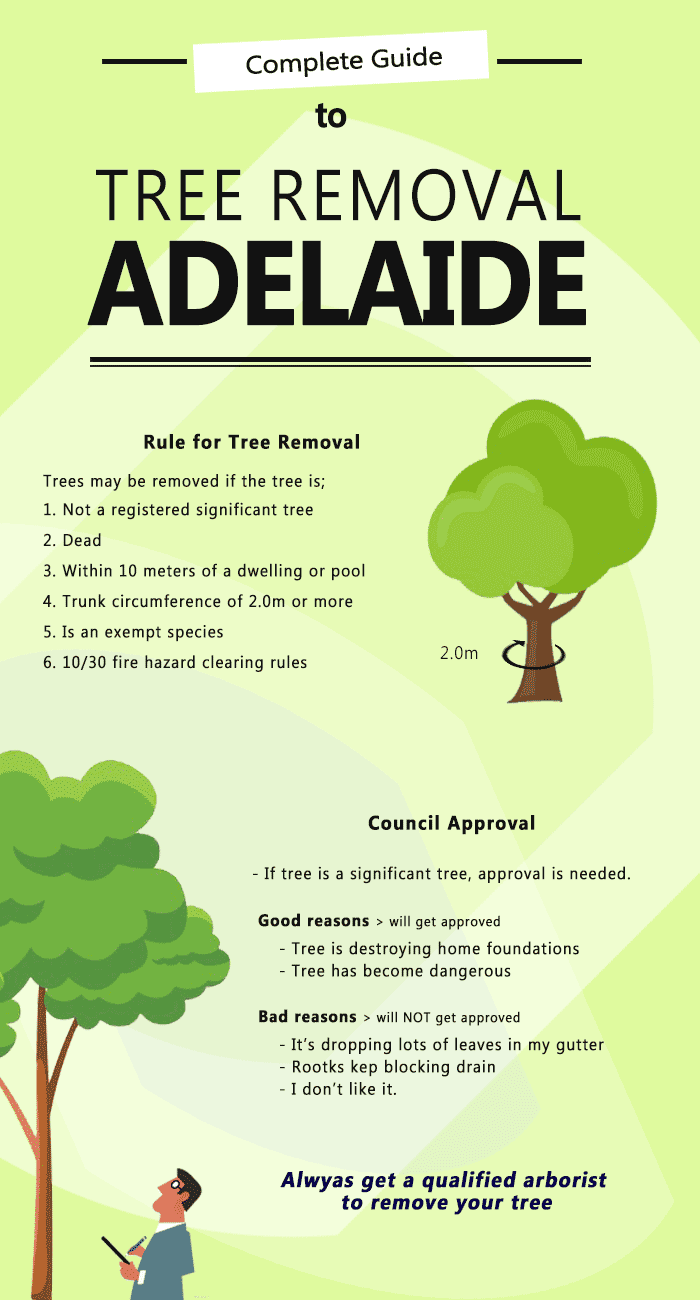Seasonal Tree Monitoring: Techniques For Looking After Trees Prior To And After Their Removal
Seasonal Tree Monitoring: Techniques For Looking After Trees Prior To And After Their Removal
Blog Article
Short Article By-
When it concerns seasonal tree care, making certain appropriate monitoring before and after elimination can substantially impact the health and aesthetics of your landscape. By understanding the required actions associated with analyzing tree health and planning for elimination, you can proactively secure your residential or commercial property. But what regarding the vital methods to comply with when the tree is gone? Remain tuned to find the essential post-removal treatment measures that will certainly aid you cultivate a flourishing and lasting environment for your trees.
Pre-Removal Tree Care
Prior to attending to the removal of a tree, it's important to prioritize pre-removal tree care. Begin by analyzing the tree's health and wellness and architectural stability. Seek indicators of illness, pest invasions, or any kind of structural concerns that might present a safety and security threat throughout removal. It's necessary to consult with a qualified arborist to identify the best course of action.
Trimming dead or unhealthy branches can stop further damage to the tree and guarantee a smoother removal procedure.
Additionally, take into consideration the ecological influence of getting rid of the tree. Trees play an essential function in our environment, so planting a new tree in a suitable place can aid counter any loss. Make sure that you have the necessary licenses and approvals for tree removal, especially if the tree is safeguarded by regional regulations.
Seasonal Maintenance Tips
Examining your tree's demands throughout the year is crucial for its health and longevity. To maintain your trees in top condition, follow these seasonal upkeep pointers.
In Recommended Resource site , concentrate on pruning to remove dead or damaged branches and encourage new growth.
Summertime calls for normal watering, especially throughout droughts, to guarantee your tree stays hydrated.
As autumn approaches, keep an eye out for early indicators of disease or anxiety, and take into consideration applying compost to secure the roots during winter season.
In wintertime, be cautious when eliminating snow from branches to prevent damage, and continue to check your tree's total health.
Remember to adjust your care regular based on the specific needs of your tree varieties and regional environment. By staying alert and aggressive throughout the seasons, you can aid your trees prosper and flourish for several years ahead.
Post-Removal Tree Treatment
To make certain the wellness of your landscape also after tree removal, correct post-removal care is vital. After a tree is gotten rid of, it's crucial to fill up the staying hole with topsoil and small it to prevent settling. This will certainly help preserve the integrity of the ground and avoid possible risks in the future.
Consider planting new plants in place of the gotten rid of tree to bring back the balance and visual appeals of your landscape. Frequently water the location to advertise the growth of brand-new plants and stop dirt disintegration.
Inspect the surrounding trees for any type of indications of disease or stress and anxiety that may have been caused by the gotten rid of tree. Watch out for pests that might've been brought in to the previous tree and take safety nets to safeguard the remaining vegetation.
If essential, seek advice from an expert arborist to analyze the impact of the elimination on the bordering trees and identify any added treatment needed. By following super maintenance services -removal treatment steps, you can make certain the ongoing health and wellness and beauty of your landscape.
Final thought
To conclude, aggressive seasonal tree care is vital for keeping the health and balance of your landscape. By analyzing tree health and wellness, trimming, and seeking advice from an arborist prior to removal, you can ensure a safe procedure. After removal, loading the hole, growing new plants, and routine watering will promote brand-new growth and stop disintegration. Bear in mind to evaluate bordering trees for condition and seek additional treatment steps from an arborist to maintain your landscape flourishing.
